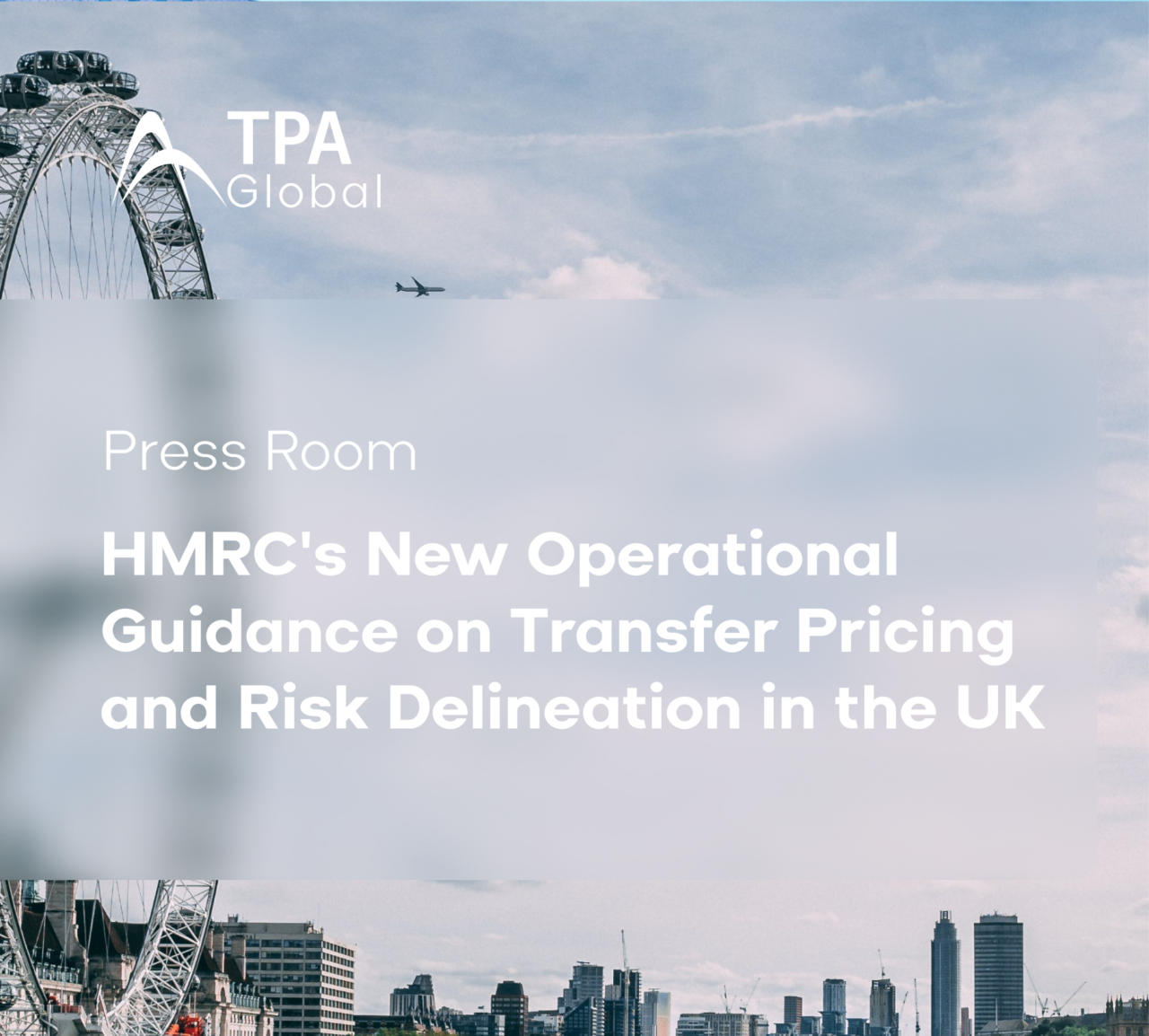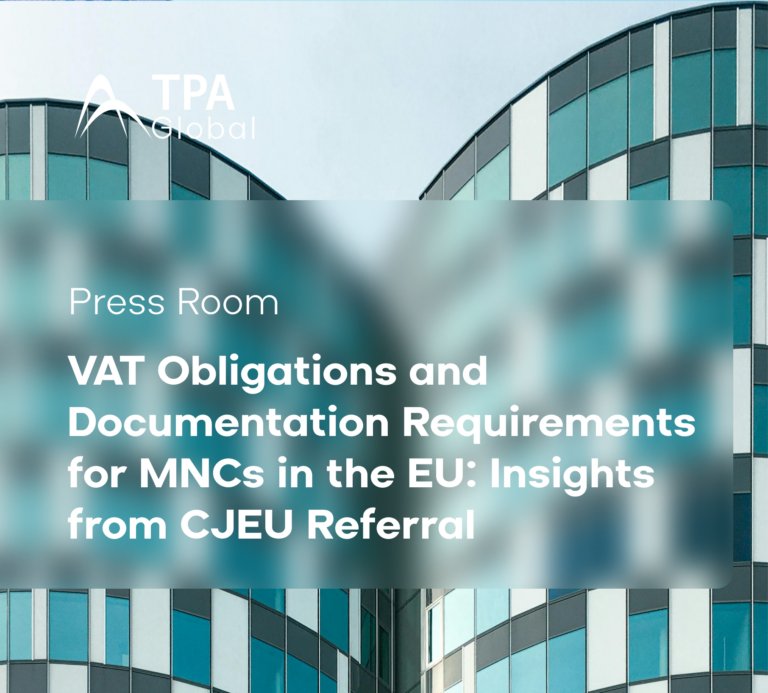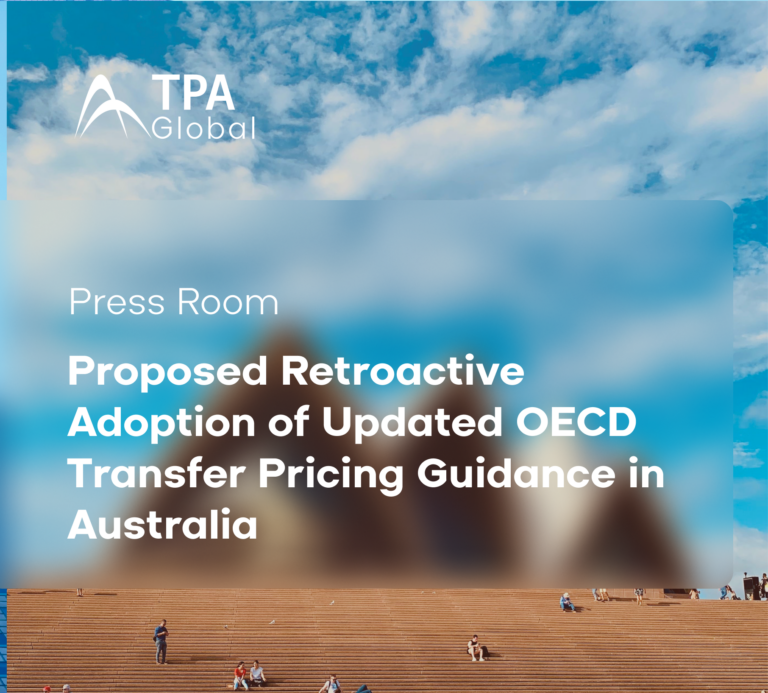In the dynamic realm of international taxation, the release of Her Majesty’s Revenue & Customs (HMRC) operational guidance concerning transfer pricing and risk delineation holds profound implications for businesses operating within the United Kingdom (UK). Published on 26 January 2024, this guidance illuminates HMRC’s interpretation of the Organisation for Economic Co-operation and Development’s (OECD) six-step process for analyzing risk within transfer pricing frameworks.
At its core, HMRC’s guidance brings attention to the role of risk analysis in accurately defining transactions for transfer pricing purposes. A cornerstone of this guidance lies in recognizing economically significant risks, their allocation, and the management thereof, while adhering to contractual agreements.
HMRC’s stance emphasizes the necessity for businesses to conduct comprehensive risk assessments, ensuring alignment with the prescribed six-step process outlined by the OECD. Compliance hinges on meticulous documentation that substantiates the coherence of transfer pricing policies with the risk analysis conducted.
HMRC’s perspective extends beyond mere contractual obligations, advocating for a holistic evaluation of risk management contributions across multinational enterprise (MNE) groups. This entails acknowledging and appropriately compensating contributions to risk control, irrespective of explicit contractual risk assumption.
In dissecting the OECD’s six-step process, HMRC’s guidance delves into the nuances of risk identification, allocation, and pricing. It highlights the importance of adopting a refined approach, wherein pricing mechanisms for risk control contributions may transcend conventional one-sided methods, such as cost-plus or comparable uncontrolled price.
Of particular interest is HMRC’s exploration of the transactional profit split method (TPSM) as a mechanism for remunerating contributions to risk control. While subject to debate, HMRC provides insights into the application of TPSM, considering factors such as anticipated versus actual profits, the nature of risks, and the roles of entities within the MNE group.
Furthermore, the guidance extends its purview to specific arrangements involving the transfer of risk and associated profits, notably captive insurance and total return swaps. HMRC’s meticulous scrutiny underscores the significance of establishing commercial rationale in delineating transfer pricing arrangements.
The implications of HMRC’s guidance reverberate throughout the tax landscape, compelling businesses to reassess their risk management strategies and transfer pricing documentation practices within the UK’s jurisdiction. In light of HMRC’s heightened scrutiny on risk analysis, businesses are urged to fortify their processes for identifying, analyzing, and documenting risk control activities.
To keep updated on news, visit our Global News Page.
Don’t miss our most recent updates and articles; follow us on LinkedIn.



